

.jpg)
Concrete’s tough as nails, but cutting through it the wrong way can wreck your project or worse, your tools.
Each year, hundreds of Melbourne renovations experience delays due to DIY cutting mishaps and faulty slab damage. One wrong slice can result in costly repairs, safety risks, or structural issues.
In this no-nonsense guide, we break down the essentials of concrete cutting for homeowners and tradies. From choosing the right saw to avoiding buried pipes, you’ll learn how to cut smart and safely in Melbourne’s backyard.
Concrete cutting is the process of sawing, drilling, or removing concrete with precision tools to create clean openings or separations. It is used in a wide range of projects, from home renovations to large commercial builds.
Whether you’re installing plumbing, making space for windows, or adjusting slabs and driveways, cutting is often the first step.
This process relies on specialised equipment such as concrete saws, core drills, or wall cutters. Each tool is selected based on the thickness and position of the concrete, as well as the desired finish.
Modern cutting methods are far more accurate and efficient than older techniques, resulting in reduced mess, noise, and risk.
In Melbourne, concrete cutting is essential for adapting homes to new layouts, extensions, or repairs. It’s a job that demands skill, planning, and the right tools. When done properly, it sets the foundation for everything else in your build to go smoothly.
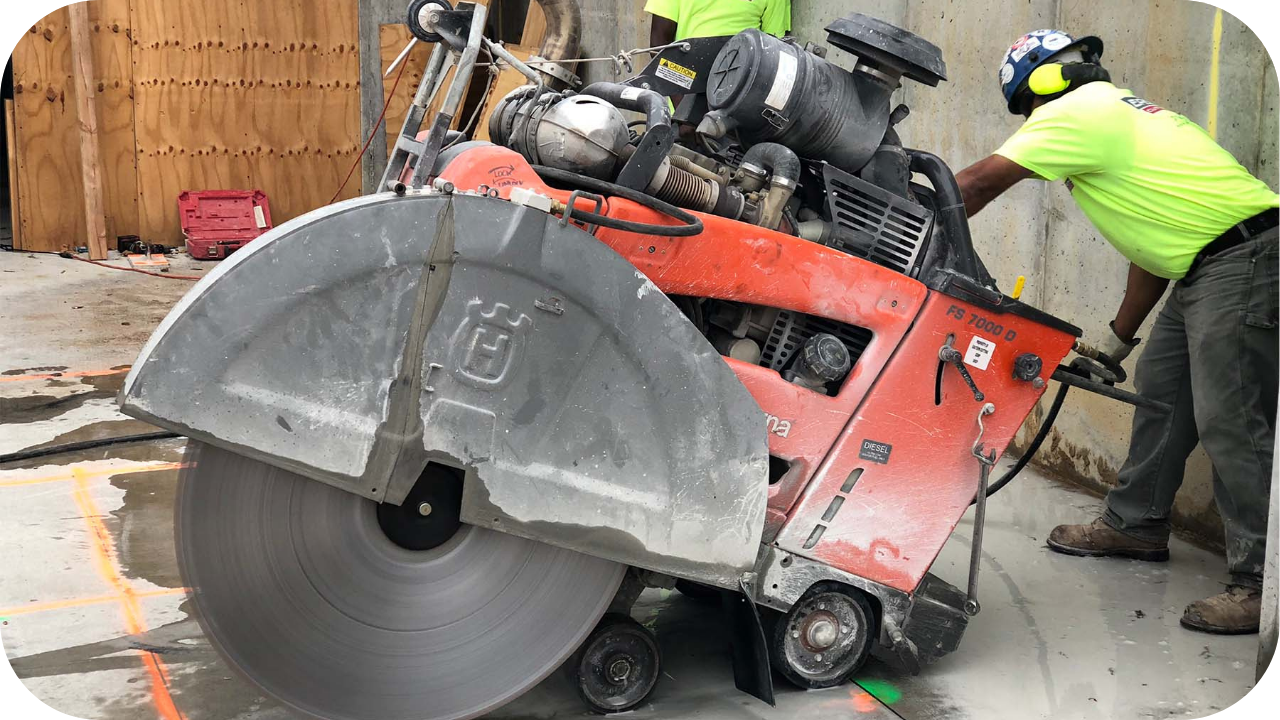
Concrete cutting comes in various forms. Knowing which method suits your project saves time, money, and ensures a clean finish.
Diamond blade cutting is the most common method for slicing through concrete. It uses circular saws fitted with diamond-tipped blades that cut precisely and cleanly.
This method is ideal for cutting slabs, floors, and driveways. It is fast, durable, and produces minimal dust. Diamond blades work well for both minor repairs and large-scale construction projects.
Wall sawing uses a large circular saw mounted on a track system to cut vertical or overhead concrete surfaces. It’s perfect for creating openings for windows, doors, or ventilation shafts in walls.
This technique offers precise control and smooth cuts, even in thick concrete. It minimises vibration and damage to surrounding structures, making it ideal for renovations or structural modifications.
Wire sawing uses a diamond-impregnated wire loop that moves around pulleys to cut through concrete or reinforced steel. It excels at cutting large or complex shapes, such as beams, columns, or bridge sections.
This method is quieter and produces less dust compared to traditional saws. Wire sawing is suitable for confined spaces where other equipment cannot operate.

Hand sawing involves smaller, portable saws for cutting concrete in tight or hard-to-reach areas. This method is often used for minor repairs or for making precise cuts.
While it requires more manual effort, hand sawing allows great flexibility and control. It is commonly employed in residential projects where access or space is limited.
Hydraulic chainsaws use powerful chains with diamond-tipped teeth to cut through concrete and reinforced materials.
They are highly effective for precise cuts in confined or awkward spaces where other saws can’t reach. Hydraulic chainsaws reduce dust and vibration, making them suitable for indoor jobs or sensitive environments.
Electric saws offer quieter operation with fewer emissions, making them ideal for indoor or environmentally sensitive projects.
Gas-powered saws offer greater mobility and power, making them ideal for outdoor or large-scale jobs that lack easy access to power sources. Choosing between electric and gas depends on site conditions, project scale, and environmental considerations.
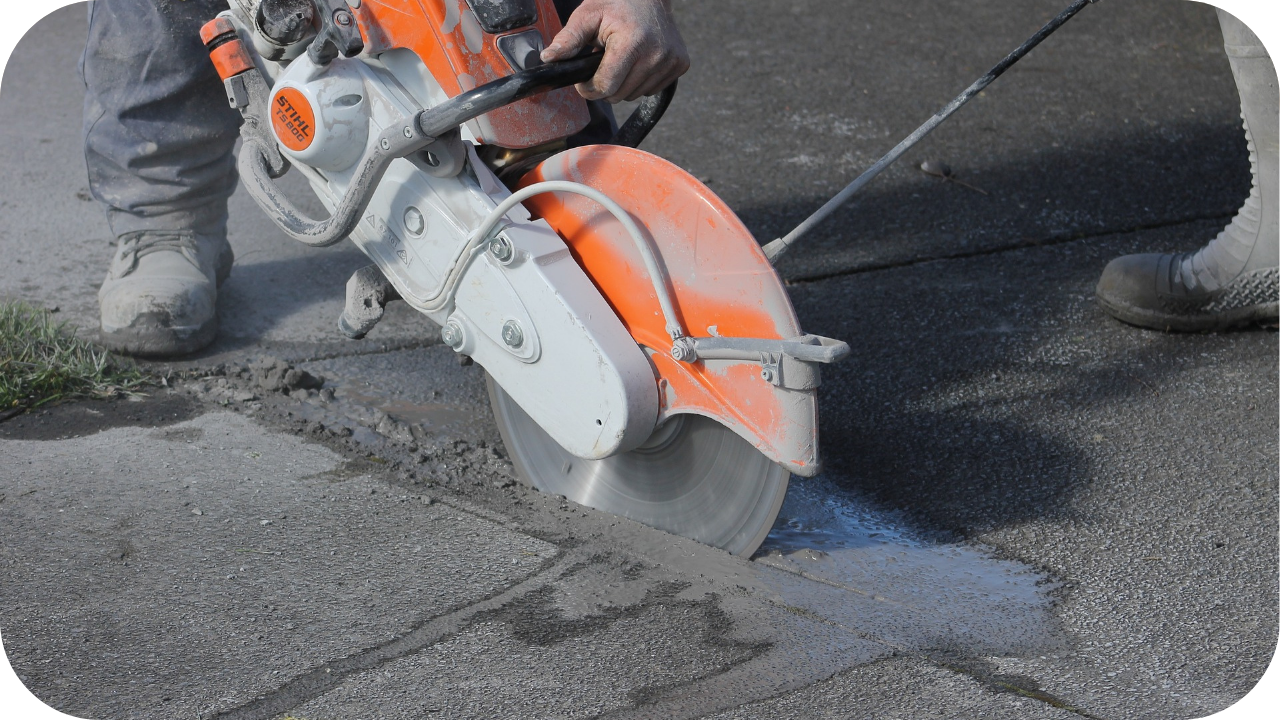
Selecting the correct concrete cutting method ensures efficiency, safety, and cost-effectiveness. Consider these key factors before deciding.
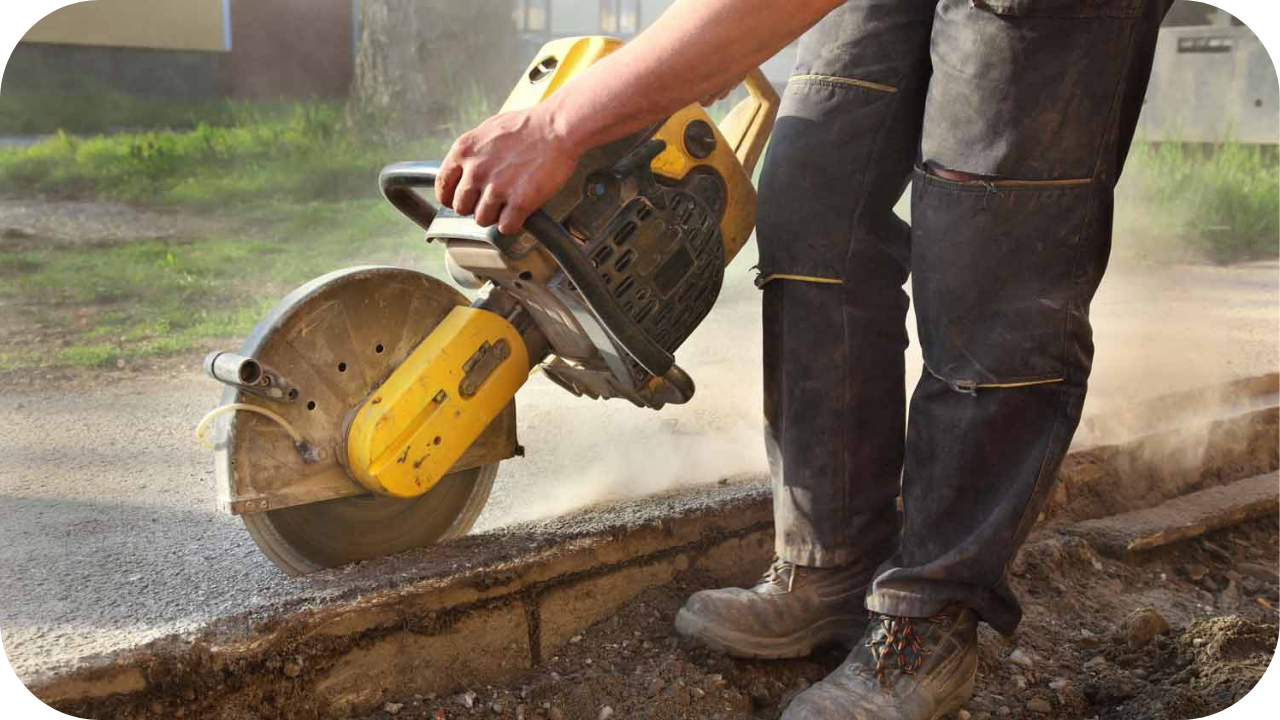
Knowing when to DIY or hire pros can save you money, time, and headaches. Here’s what to consider carefully.
Concrete cutting isn’t as simple as it looks. It demands precise skills to avoid damaging structures or causing uneven cuts.
Most DIY attempts lack the necessary training, which can lead to costly mistakes and unsafe conditions. Professionals bring extensive experience and know-how to deliver clean, safe, and accurate results every time.
Professional concrete cutting requires specialised, industrial-grade equipment, such as diamond blades, wall saws, and wire saws.
These tools are expensive to buy or rent and need skilled handling. DIYers often use less efficient tools, which can slow the job down or produce poor-quality cuts. Hiring professionals ensures access to the right gear for the job.

Concrete cutting generates dust, noise, and flying debris, all of which pose serious health and safety hazards. Professionals strictly adhere to safety protocols and utilise protective equipment, such as respirators and ear protection.
Without proper precautions, DIY cutting can lead to injuries or long-term health problems. Trust experts to keep your site and workers safe.
DIY might seem cheaper initially, but renting equipment and fixing errors can quickly inflate costs. Professionals complete cutting tasks much faster due to their expertise and equipment, reducing project delays.
Investing in experts often means avoiding expensive rework and finishing your project on time and within budget.
Certain concrete cutting jobs require permits and must meet local council regulations. Professionals are familiar with these legal requirements and manage all necessary paperwork.
DIY projects risk fines or forced stoppages if regulations are ignored. Hiring a licensed company ensures compliance and peace of mind throughout your build.
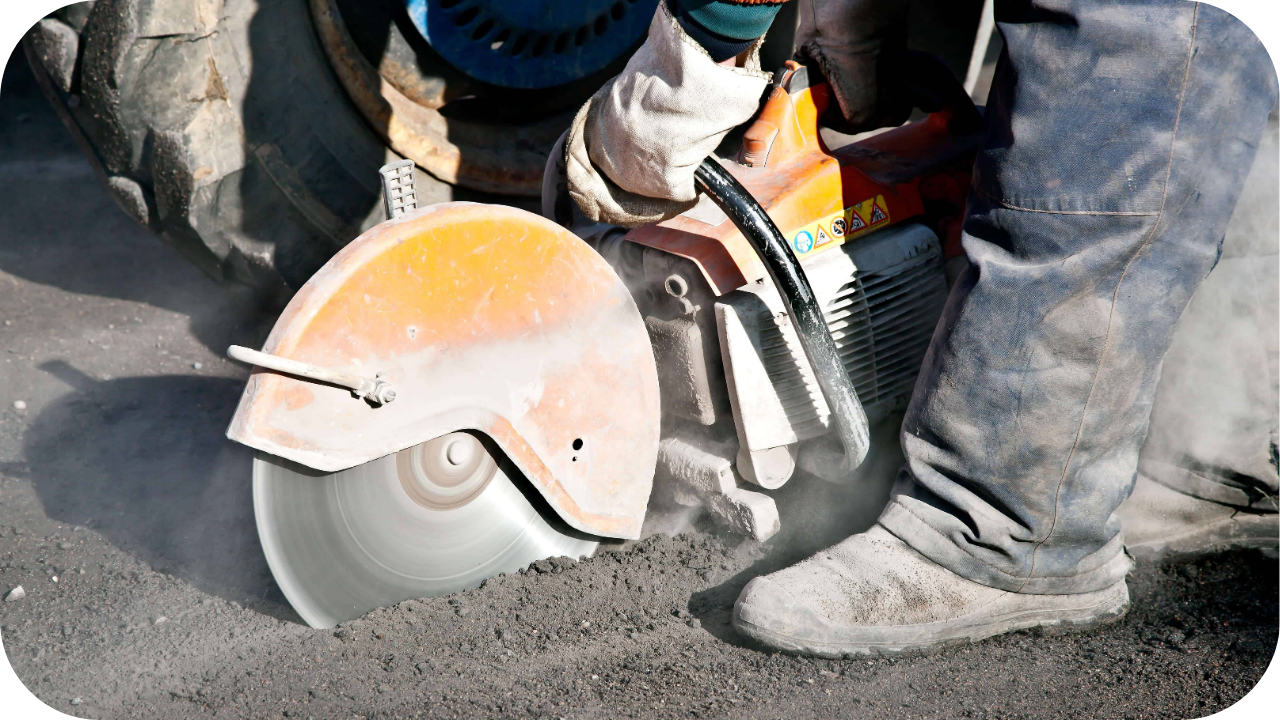
Concrete cutting costs vary widely. Understanding key factors helps you budget effectively and avoid unexpected expenses on your project.
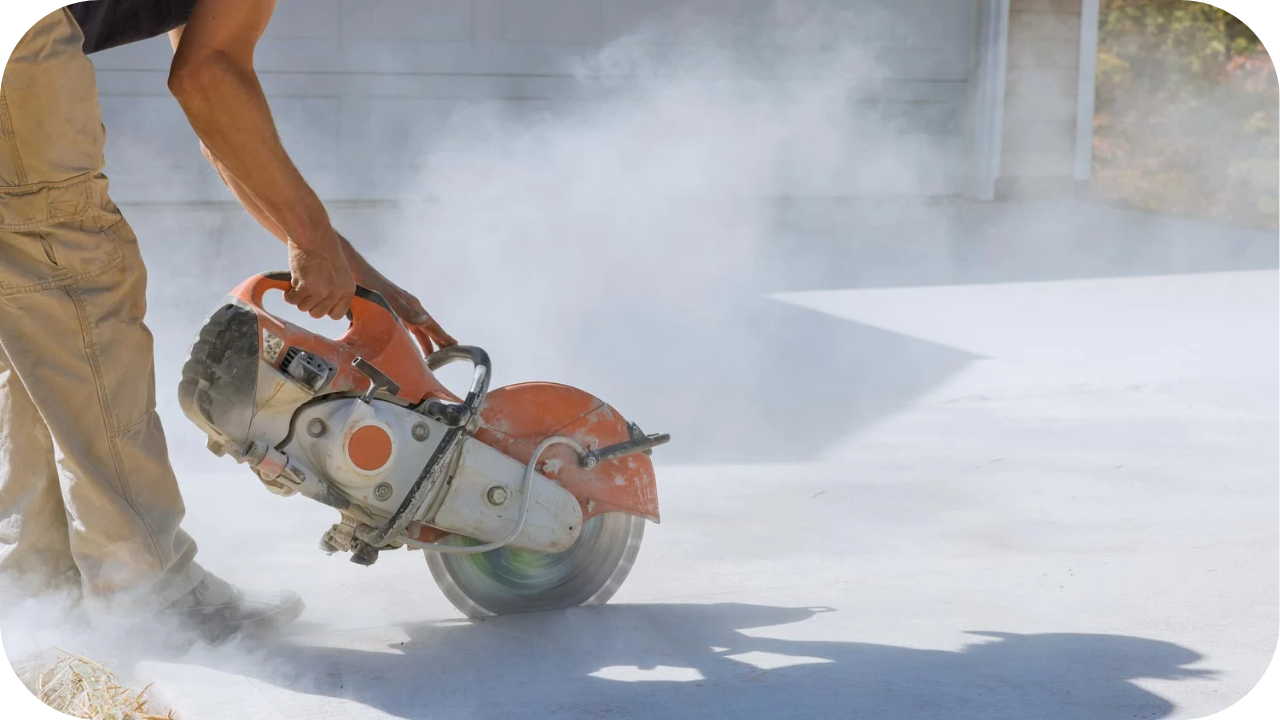
Preparing your site properly ensures smooth, safe concrete cutting. Follow these essential steps to avoid delays and damage.
Before any cutting begins, remove furniture, debris, and obstacles from the work zone. This creates a safe, accessible area for equipment and workers. A clear site not only speeds up the process but also minimises the risks of accidental damage or injury during cutting operations.
Accurate markings are crucial for precise cutting. Use chalk, spray paint, or markers to outline where cuts will occur. Collaborate with your contractor to confirm these lines so everyone is clear on the plan and errors are avoided during the cutting process.
Identify and locate underground utilities such as water pipes, gas lines, and electrical cables before cutting. Contact local authorities or hire detection specialists to avoid accidentally hitting these services. This step is crucial to prevent costly damage, delays, and serious safety hazards on-site.
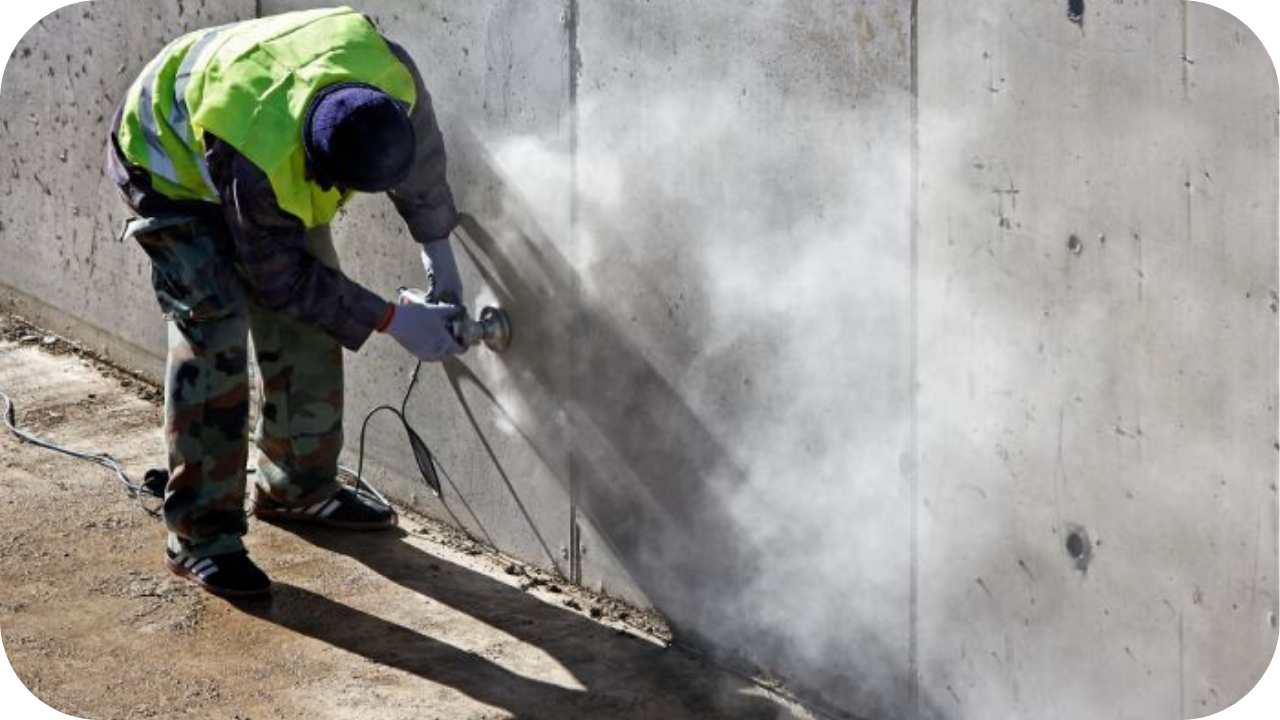
Concrete cutting creates dust and debris that can damage nearby surfaces. Use protective sheeting, barriers, or tarps to cover windows, walls, plants, and fixtures to prevent damage. Taking these precautions safeguards your property and reduces the cleanup required after the work is done.
Discuss dust suppression techniques, such as water sprays or vacuum systems, with your contractor before commencing work.
Inform neighbours about possible noise disruptions to maintain good community relations. Proper control measures help protect health and minimise complaints during the project.
Urban Pour has built a solid reputation across Melbourne for delivering precise, reliable, and safe concrete cutting services. Whether it’s a small residential job or a large-scale construction project, we bring the same level of care and attention to every site.
Our team combines local knowledge with industry experience to ensure each cut is clean, controlled, and tailored to the structure.
We utilise advanced equipment tailored to Melbourne’s diverse conditions, ranging from thick footpaths to reinforced slabs. Safety is at the heart of everything we do, and our operators follow strict procedures to minimise risk to people, property, and surrounding areas.
Our clients know they can count on us for honest advice, transparent pricing, and a job done right the first time. From core drilling to driveway cutting, we deliver smooth results with minimal disruption.
Builders, renovators, and homeowners alike trust Urban Pour because we don’t just cut corners, we cut nothing.
Concrete cutting is a game-changer for Melbourne homeowners and builders tackling renovations or new projects. Getting it right means safer, cleaner, and faster results. Whether you’re planning a small fix or a major build, don’t risk costly mistakes.
Trust Urban Pour’s experts to deliver precision and peace of mind. Ready to tackle the tough stuff? Contact Urban Pour today and make your project smooth and stress-free!
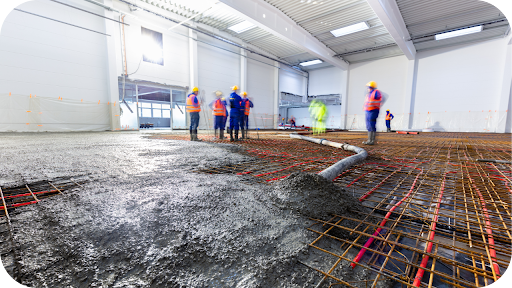
Choosing the right concrete contractor in Melbourne ensures strength, safety, and long-term value. Learn how Urban Pour delivers precision, quality, and trusted results on every project.
See more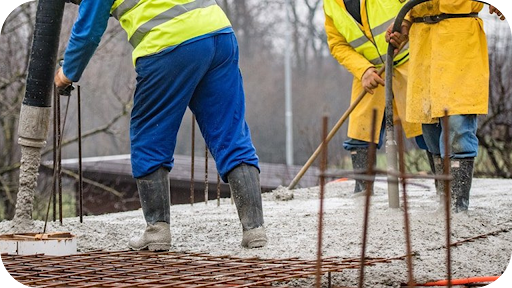
Concrete pumping gives Melbourne builders faster, cleaner, and safer pours. Learn why it’s the go-to method for efficient, high-quality concrete placement on any site.
See more
Residential concreting gives Melbourne homes lasting strength and modern appeal. From driveways to interiors, Urban Pour delivers durable, design-focused results built for beauty and longevity.
See more